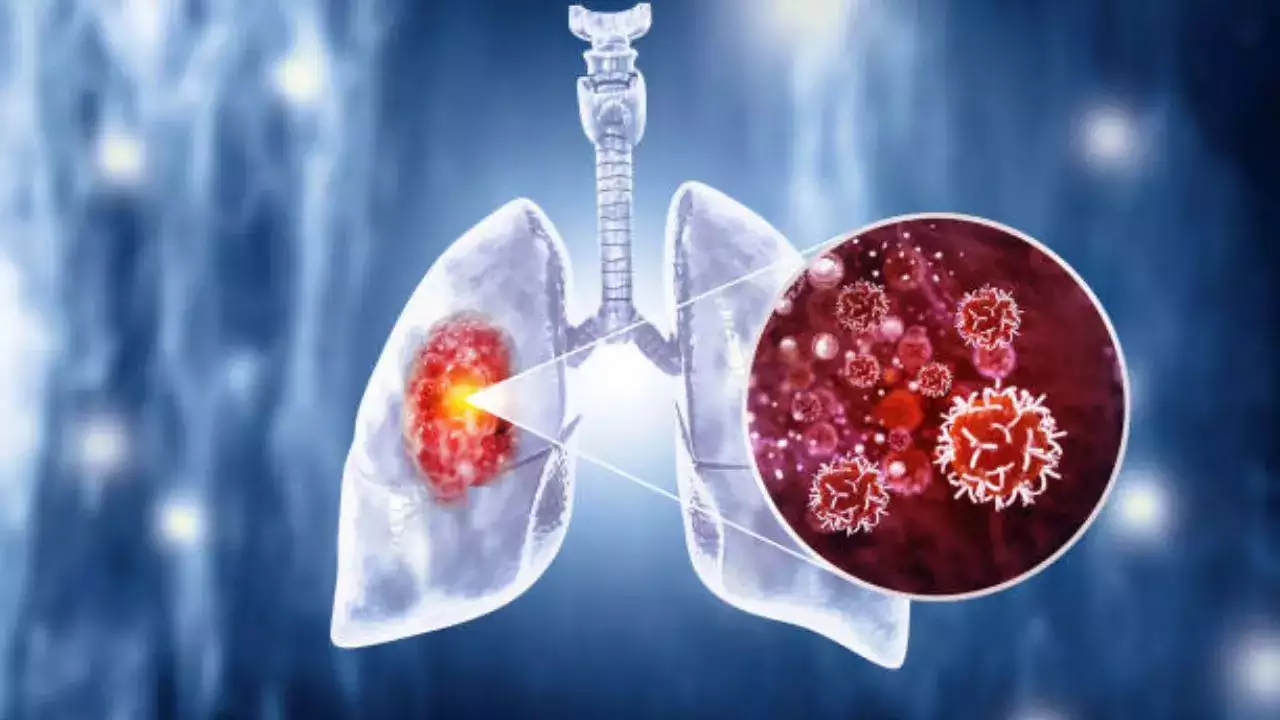
In the last five years, the lung cancer survival rate has improved by 26 per cent
People are now living longer with lung cancer as it still remains one of the deadliest cancers in the world. According to statistics, lung cancer – the most common form of the deadly disease, makes up nearly 85 per cent of cases. However, the overall rate of people dying from lung cancer has decreased significantly.
"There is more work to do, but I am incredibly optimistic about the future of lung cancer care," said Harold Wimmer, president and CEO of the American Lung Association, which documents improved survival rates and opportunities to do more in its 2024 "State of Lung Cancer" report.
In the last five years, the lung cancer survival rate has improved by 26 per cent, according to the report. It credits the deployment of biomarker testing, which looks for changes in a tumour's DNA – as a key factor. Biomarker testing helps tailor treatments to individual patients.
Genomic testing to spot lung cancer is still uneven
According to the report, access to testing – known as molecular, genomic, or genetic testing, is highly uneven. Only 15 US states as of now require comprehensive insurance coverage for it, while five more require some insurance plans to include it.
"This year's 'State of Lung Cancer' report provides a path for states and the federal government to take to improve the lives of people living with this devastating disease," Wimmer said in an ALA news release. "Increasing lung cancer screening rates and expanding biomarker testing are enormous opportunities to catch cancer earlier and provide the best treatments for people diagnosed with the disease."
The new report tracks both nationwide and state-by-state screening rates. Last year, 16 per cent of those eligible nationwide were screened for lung cancer, according to the report. Rhode Island had the nation's best screening rate (28.6 per cent), while Wyoming had the worst (8.6 per cent). The report projects that nearly 235,000 people nationwide will receive lung cancer diagnoses this year.
What causes lung cancer among non-smokers?
According to experts, there is a rising trend of lung cancer being detected in those who do not smoke. “Not all people who get lung cancer smoke. Many people with lung cancer formerly smoked, but many others never smoked at all,” Dr. Darshana Rane, Consultant- Medical Oncology, HCG Cancer Centre, told Times Now.
Young females and Asian people who have never smoked are especially vulnerable, said Dr. Rane.
A few reasons why lung cancer is soaring among non-smokers include:
Air Pollution
Exposure to outdoor air pollutants like diesel exhaust, industrial emissions, and fine particulate matter (PM2.5) is linked to a higher risk of lung cancer, particularly in urban areas. “Studies show that air pollution can have effects similar to smoking on lung tissue, leading to mutations that increase cancer risk,” said Dr. Sewanti Limaye, Director, of Medical and Precision Oncology, Sir H N Reliance Foundation Hospital and Research Centre.
Radon Exposure
Radon is a naturally occurring radioactive gas that can accumulate in homes, especially in certain geographic areas. It is the second leading cause of lung cancer after smoking. “Long-term exposure to radon can damage lung tissue, increasing cancer risk in non-smokers,” added Dr. Limaye.
Secondhand Smoke
“Even though rates of smoking have declined, exposure to secondhand smoke is still a risk factor, particularly for people living or working closely with smokers,” she said.
Genetic Susceptibility
Some people may have a genetic predisposition to lung cancer, making them more vulnerable even without exposure to smoking. Researchers are exploring genes and mutations that seem more prevalent in non-smokers with lung cancer.
Get Latest News Live on Times Now along with Breaking News and Top Headlines from Health and around the world.

